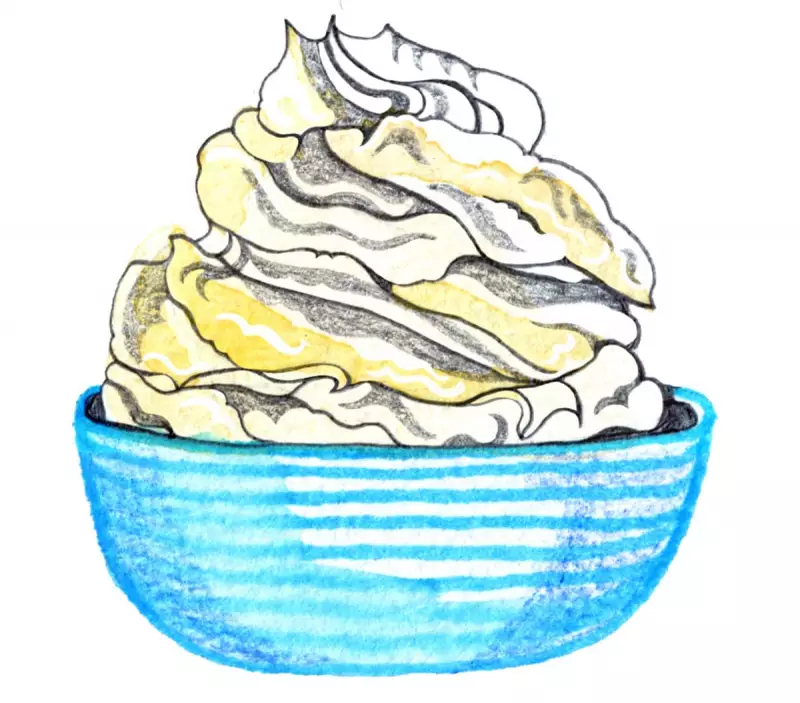
That perfect dollop of whipped cream sitting proudly on your hot chocolate or dessert can sometimes suffer a dramatic collapse, melting back into liquid form far too quickly. But what's really happening when your carefully whipped creation decides to give up its fluffy structure?
The Physics of Fluffiness
Whipped cream's magical transformation from liquid to airy delight comes down to some clever kitchen physics. When you whisk cream vigorously, you're trapping millions of tiny air bubbles within the liquid. The secret weapon? Fat molecules.
As you whip, these fat molecules position themselves around the air bubbles, creating a stable network that keeps the structure intact. Think of it as nature's perfect bubble wrap – but edible.
Why the Great Meltdown Happens
Several factors can cause your whipped masterpiece to liquefy:
- Temperature trouble: Heat is whipped cream's arch-nemesis. Warm environments cause the fat molecules to soften and lose their grip on those precious air bubbles
- Fat content matters: Cream with higher fat content (generally double cream) creates more stable whipped cream because there are more fat molecules available to stabilise those air pockets
- Over-whipping woes: Yes, you can have too much of a good thing. Over-whipping causes the fat molecules to clump together, creating butter and releasing the liquid
Keeping Your Cream in Peak Condition
For whipped cream that stands the test of time, follow these simple tips:
- Chill your bowl and whisk beforehand – cold equipment helps maintain stability
- Use cream straight from the refrigerator
- Stop whisking when you achieve soft peaks rather than stiff peaks
- Consider adding a stabiliser like a teaspoon of cornflour if you need extra staying power
This everyday kitchen phenomenon provides a wonderful opportunity for families to explore basic food science together. The next time you're whipping up cream for a dessert, you'll understand the delicate balance of physics happening right in your mixing bowl.





